What is better to plant after tomatoes next year: a list of suitable crops
Tomatoes are grown by absolutely all gardeners in all regions. Moreover, most of them do not bother at all and every year they plant tomato seedlings on the same bed. Over time, the yield begins to decline, the bushes are constantly sick with something ...
This could have been avoided if immediately worried and understood the nuances of the correct crop rotation.
Next, you will learn how to correctly alternate crops on the site, and, in particular, what can be planted in the garden where tomatoes grew last year, so that the subsequent vegetable crop yields a high yield and does not get sick with anything.
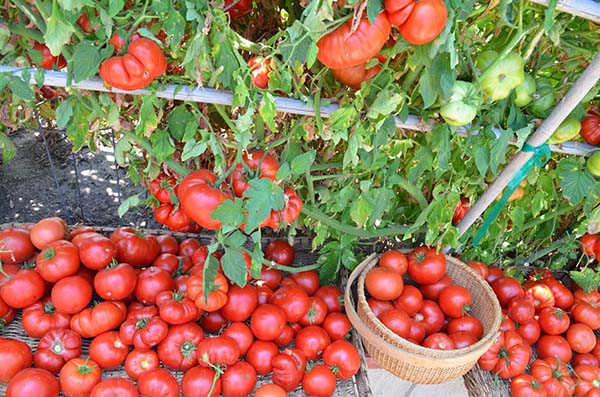
Content
Basic rules of crop rotation
Obviously, long-term cultivation of the same crop in one place has a negative effect not only on soil fertility (its depletion), but also on its dominance by diseases and pests.
It is for this that crop rotation is used (alternation of crops in time).
It is necessary to alternate agricultural crops on your site, taking into account the following rules:
- Preceding and following cultures should not have common diseases and pests.
Accordingly, you need to alternate crops from the same family (for example, do not plant potatoes after a tomato).
- It is necessary to alternate plants with deep and shallow root systems.
Accordingly, you need to alternate tops with roots (root crops).
- Crops with high nutrient requirements, which tolerate many specific macro- and micronutrients, should only be planted after less demanding crops. For example, cabbage, potatoes, celery and pumpkin are considered to be among the most "voracious" crops, while tomatoes are among the most demanding.
Ideally, you need to organize your garden in such a way that each crop returns to the same garden no earlier than after 4 years, so you should first draw up a diagram of the alternation of vegetable crops.
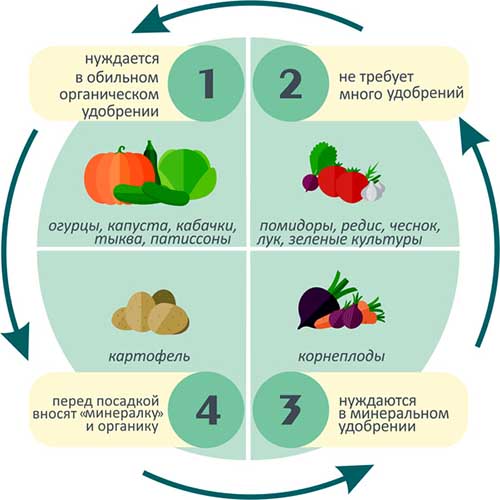
What crops can be planted after tomatoes
In accordance with the rules of crop rotation, tomatoes will be good predecessors for the following crops (grouped by family):
By the way! In the autumn, after harvesting tomatoes (and any other crops), in order to restore soil fertility and enrich it with useful micro and macro elements, it is very desirable sow green manure, and then repeat this in the spring - before planting the seedlings.
Instead of siderates, you can in the fall, fill the garden with organic and mineral fertilizers.
Legumes
- Vegetable legumes: peas, beans, lentils, chickpeas.
- Forage: vetch, lupine, sweet clover, clover, alfalfa.
Important! Usually, forage legumes use as green manure plants.
Cruciferous
- Cabbage (all types);
- Radish;
- Radish (black, green),
- Turnip;
- Daikon;
- Swede;
- Rapeseed, rape (rape), oilseed radish and mustard (all are used like siderates).
Advice! After tomatoes it is recommended to plant siderates that will help disinfect the soil (suppress phytophthora fungi) and saturate it with nitrogen... Therefore, your choice isthese are mustard, oil radish, oats or buckwheat (against late blight), andrye, alfalfa or phacelia (for saturation with nitrogen).
Video: green manure before and after tomatoes
Pumpkin
By the way! If you grow tomatoes in a greenhouse, then you have no choice but to change their places with cucumbers every year.
Just don't forget correctly process the greenhouse in autumn (after harvest) and prepare for the new season in spring.
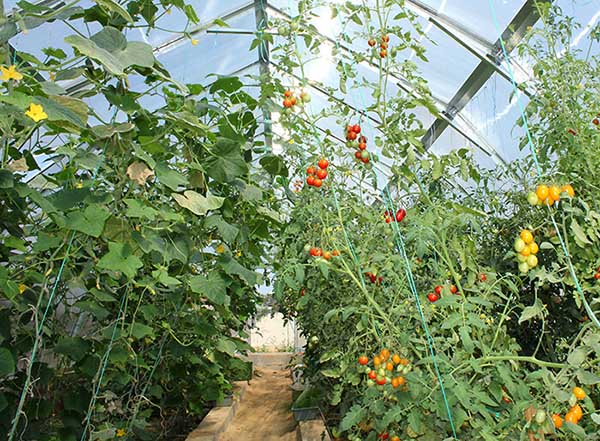
- Pumpkin;
- Zucchini;
- Zucchini;
- Patissons;
- Watermelon;
- Melons.
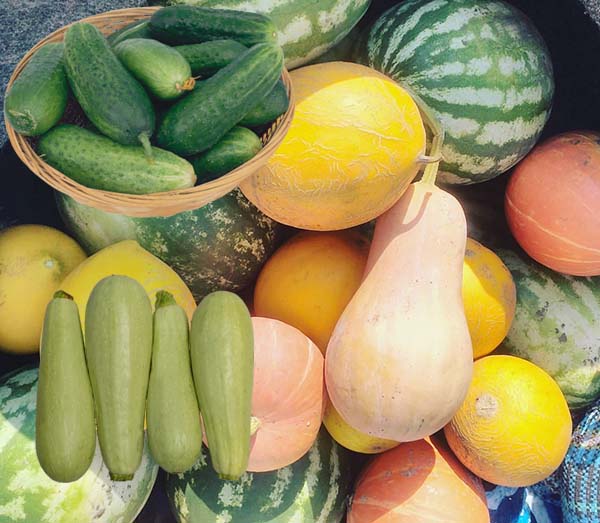
Umbrella
Onion
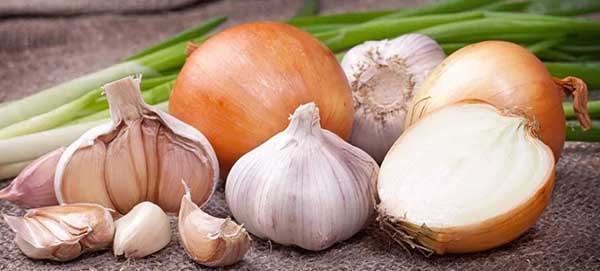
Haze (amaranth)
Corn
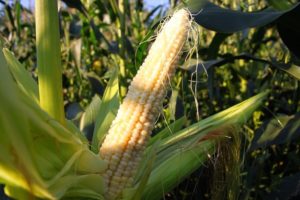
What can not be planted after tomatoes
After tomatoes next season, should not be grown in the same garden related cultures, i.e. family nightshadethat have the same diseases and pests:
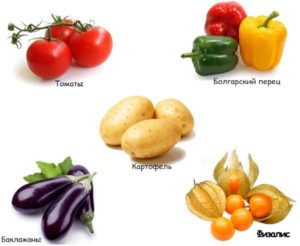
Note! If after tomatoes, in principle, you can still plant peppers, eggplants and physalis (not recommended, but allowed), then potatoes after tomatoes should not be planted in any case, even more so if last season tomatoes suffered from late blight... Next season late blight will definitely be on potatoes.
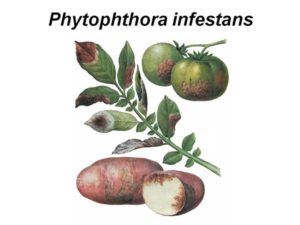
Is it possible to plant tomatoes after tomatoes
If you carefully read the material of the article, you already know that, according to the rules of crop rotation, it is not recommended to plant the same crop in the same place for more than one season in a row. Moreover, it is desirable to return the tomatoes to their previous place only after 4 years.
If for some reason you still want to plant tomatoes on the same bed again, then you need to thoroughly process (disinfect) and prepare the soil (optimally immediately after harvesting, i.e. from autumn), or, even better - plant siderates.
Advice! And in the greenhouse, it is also recommended to completely replace the topsoil (10 cm).
After which it is better to plant tomatoes
Accordingly, suitable precursors for tomatoes would be all cultures except:
- the tomatoes themselves and other vegetables of the nightshade family (especially potatoes, as well as pepper, eggplant and physalis);
- as well as cultures that most severely deplete the soil (take out the main batteries), namely cabbage, celery and pumpkin.
Thus, observing the rules of crop rotation will allow you to increase the quality and quantity of the crop, as well as significantly reduce the problems with diseases and pests. Do not be lazy and sketch yourself a crop rotation scheme on the site in accordance with the rules of crop rotation! Good luck!
Advice! If you have there is no opportunity for crop rotation in the beds, then solving the problem of soil depletion can sowing siderates before and after harvesting.

